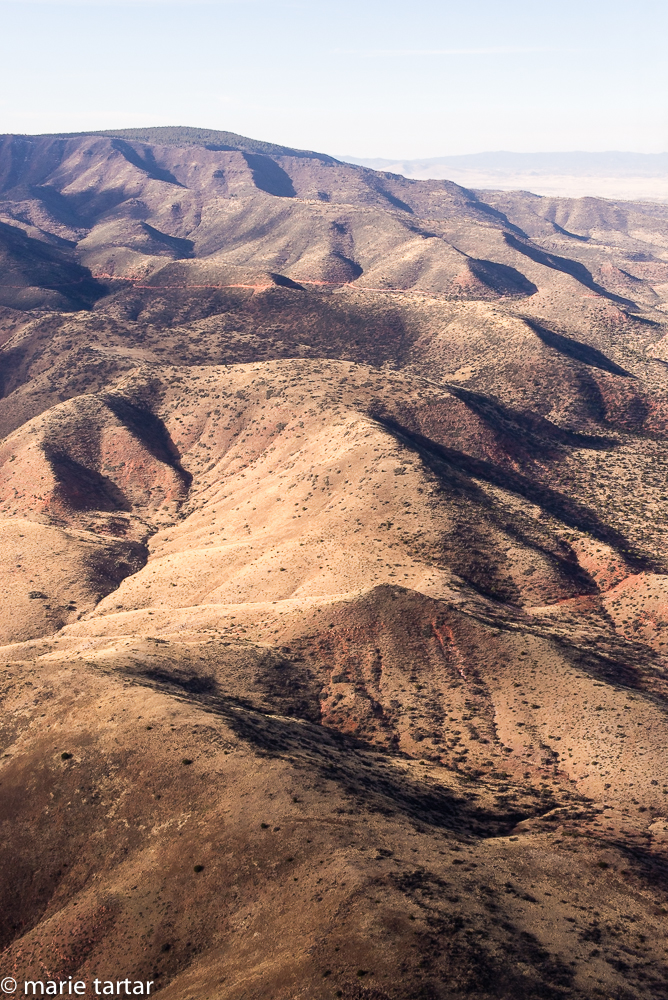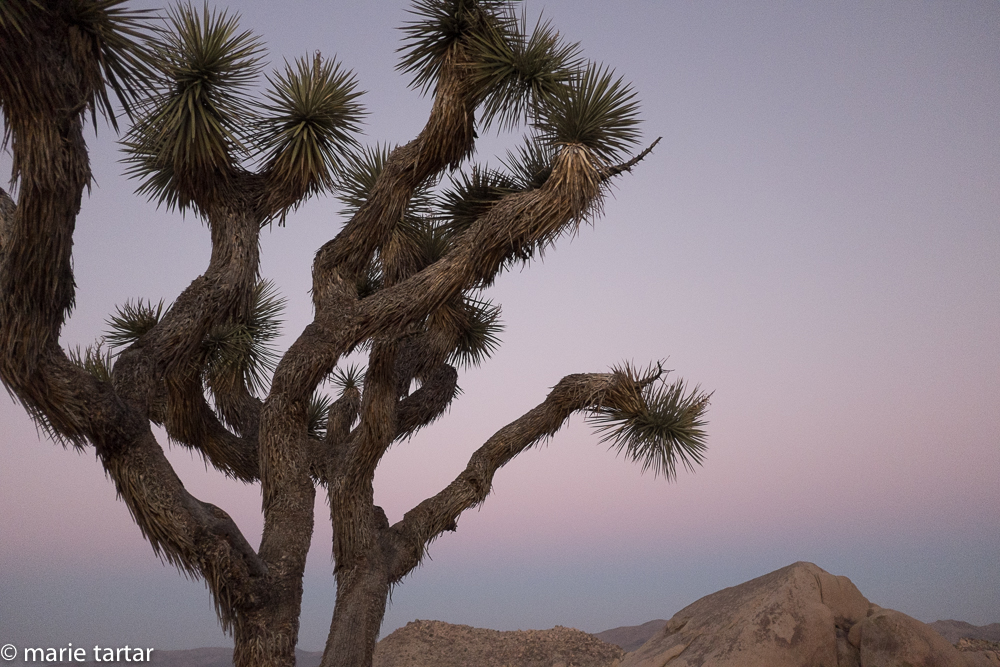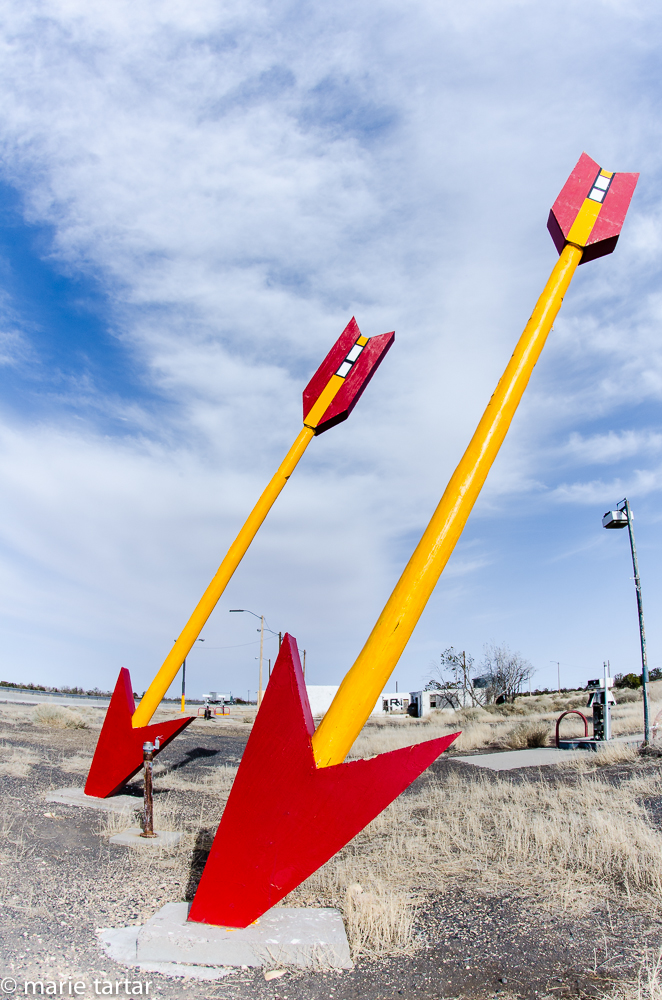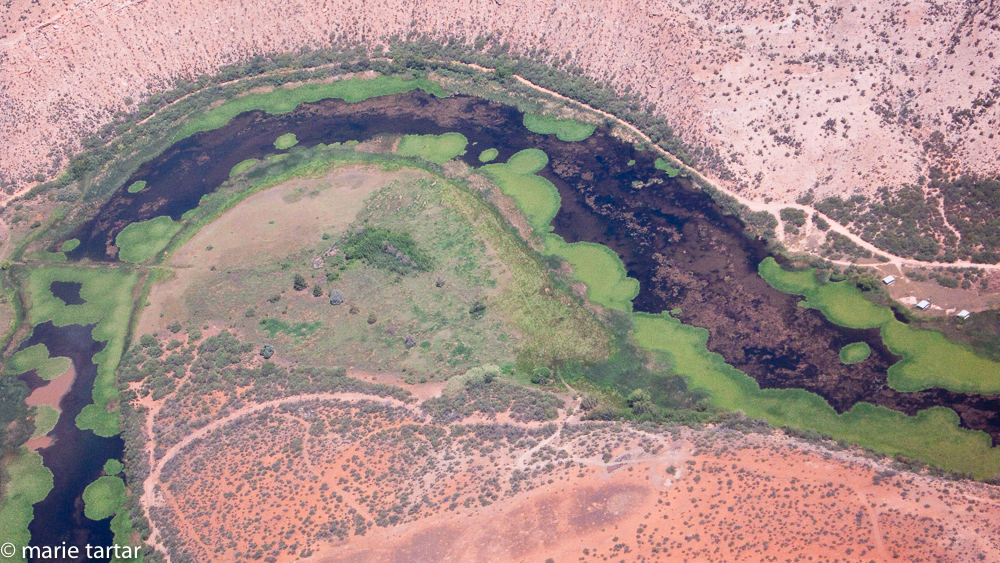
It takes a lot of stamina to fully participate in a film festival. More, apparently, than we have. At a minimum, there are tough choices to be made, namely how many and which films to see, whether to forego eating, exercising and other activities during film festival week. The annual Sedona Film Festival, always the last week in February, has become one of our “don’t miss” annual events. We stumbled on it in 2008, just happening to be in Sedona at the same time. Since then, we schedule winter activities around it, and have become regular “Gold Pass” holders, which theoretically would entitle us to see up 5 films/day (yes, 10 hours of film per day). The festival has grown over the years we’ve been attending, in number of venues, offerings, appearances and has offered consistently interesting, offbeat and too little seen independent film gems. It still runs a very full week, from Saturday to the following Sunday, always ending the same Sunday as the Oscars, but the first weekend’s offerings have expanded from one or two offerings to 4 per day. If one is highly motivated and can sit all day long, one could see films all day, with start times at 9 am, noon, 3 pm, 6 pm and 9 pm. This leaves little time for eating, emails, exercising, as most of the films are about 2 hours (shorter ones are often shown with a short), leaving less than an hour between, not really enough time to wander very far. In this arena, we are far from hard core, usually seeing 3 films per day, on average. In an effort to maintain some balance in our lives, I try to schedule them from noon on, or starting at 3 pm, to leave the mornings free for a hike. Our diet is reduced to one sit down, substantial meal a day (usually lunch) and lots of surreptitious snacking during the films.
Sadly, this year, one of our other “never miss” annual events, the LARS (LA Radiologic Society) annual mid-winter weekend meeting coincided with the first weekend. We decided, reluctantly, to miss the first couple of days of the film festival, in favor of this outstanding short, but extremely high quality, professional meeting. The silver lining was deciding, since we would be driving east from Pasadena instead of San Diego, to overnight en route at a longtime favorite, the family owned Twenty Nine Palms Inn, on the border of the boulder and evocative tree studded Joshua Tree National Park.
To while away the still long drive (6.5 hours), we decided to download the book I needed to start ASAP for the following month’s book club, Flappers: Six Women of a Dangerous Generation by Judith Mackrell. I was amazed how long the audio book took to download, reflecting the 18 hour length of the audio version. We intended to take Route 66 (Interstate 40) through Flagstaff, which has some iconic Americana sights of a by-gone era along the way (example from a prior trip is below), but somehow we let the GPS decide and before we knew it, we were on I-10. Ooops…
We arrived in town on Monday afternoon after 4 pm, just in time to pick up our passes and tickets, and head out to the largest venue (the Performing Arts Center at the high school) for our first film at 5 pm. We should also have picked up a packet of tissues, as The Broken Circle Breakdown was a VERY emotionally wrought tale of a bluegrass musician couple’s relationship, from meeting to marriage, whose lives are torn asunder by their young daughter’s leukemia. The film is a nominee from Belgium for Best Foreign Film, and makes very effective use of the protagonist’s love and performance of American bluegrass music as the soundtrack.
We headed to the house afterwards to unload and unpack, and while Steve worked out the car kinks on the rowing machine, I shared a glass of wine with our tenant Christina, on a first date with Dave, in town representing Diamond Resorts at the festival. Steve decided he was in for the night, but I headed back out for a documentary from New Zealand, Antarctica: A Year on Ice, a fascinating10 year project depicting an Antarctic year, as seen from the perspective of the staff who man McMurdo Station, including the skeleton crew who overwinter during months of darkness. The filmmaker is an engineer who keeps the communication systems going, and he had to machine special instruments capable of withstanding howing winds and extreme cold to capture some of the most amazing time lapse photography I’ve ever seen.
On Monday, our film day didn’t start until 3 pm, so we did a short (1.5. hour) out and back hike from the house up the Jim Thompson Trail. Even though we made a late start, there was a pleasant cloud cover. Our first film was adorable, a French foodie comedy, Le Chef. Jean Reno plays a 3 Michelin star chef being buffeted by changes in management and tastes to update his cuisine. Michaël Youn is hilarious as a culinary genius who loses a series of jobs clashing with the higher ups in a series of restaurants, before nosing his way into Le Chef’s kitchen and steering him on a new path. There is a priceless send-up of molecular gastronomy along the way. My favorite film so far-clear and very funny French, foodie fun at it’s finest.
We also loved our second film, from Australia, The Rocket, a rare film set in Laos. A boy and his family are dislocated by a giant dam being constructed which will flood their valley, and have to make their way across a country still pocked with armaments of war, to build a new life. He is determined to enter a rocket building contest being staged by a village to end a drought. Very touching, excellent film-making, and a rare look at a culture at a cross-roads between tradition and modernity.
We liked our third film of the day, Along the Roadside, but thought it might benefit from some tightening up. First-time filmmaker Zoran Lisinac was present for a Q & A following the film, as well as the leading man, Iman Crosson, who was very good as a thoroughly despicable, self-centered, shallow, vulgar (but quite handsome) leading man. The lead actress was charming, Angelina Häntsch, playing a German girl newly arrived in the US en route to a Blonde Priest concert. It was a fun road trip movie, filled with interesting characters.
On Wednesday, I met up in the morning with our realtor friend, Ed, for an aerial view of Sedona in his Diamondback plane.  We have flown over Sedona a couple of times, and the idea of learning to fly has surfaced more than than once in our lives. For now, it has been tabled as too time consuming for where we are now, but who knows in the future? In the meantime, airplanes, air travel and aerial photography still intrigue, especially me.
We have flown over Sedona a couple of times, and the idea of learning to fly has surfaced more than than once in our lives. For now, it has been tabled as too time consuming for where we are now, but who knows in the future? In the meantime, airplanes, air travel and aerial photography still intrigue, especially me.  Our pre-flight planning included an inquiry as to our weight, and it was decided that we were too close together to the weight limit with the plane fully fueled, so a scenic flight for Steve was deferred.
Our pre-flight planning included an inquiry as to our weight, and it was decided that we were too close together to the weight limit with the plane fully fueled, so a scenic flight for Steve was deferred.
The Diamondback is a lovely plane with a long wingspan, very smooth, and relatively quiet, with a nice clear cockpit. There isn’t a lot of space for maneuvering, so I was glad I didn’t do as Steve suggested and take the entire camera bag with other lenses. I decided on the Nikon D600 with a fast, fixed focal length 50 mm lens, as well as the Fuji 100S, both of which I could suspend from my neck.
The latter half of Wednesday was devoted to 3 films, which took us up to 11 pm. The first, The Missing Picture (L’Image Manquante) was a surprise in that it proved to be a French language film, although it is the Cambodian nominee for Best Foreign Language Film. I had signed us up for it because of the documentary’s subject, namely the Kymer Rouge reign in Cambodia, a country that made a grave impression on me since our visit years ago. The filmmaker, Rithy Panh, recounts his family’s decimation at the hands of the Kymer Rouge, from their eviction from their home in Phnom Penh, to being driven into the countryside to work as laborers, to the eventual deaths from disease, starvation and exhaustion of all of his family. As there isn’t much surviving supportive film or photos, the events are recounted through hand-carved clay figures and elaborate dioramas. Although we agreed it was a bit overlong, the story was compelling, well told and beautifully narrated.
Our next film was much more light-hearted, a very amusing comedy, Orenthal: The Musical, about an aspiring director and his cast mounting a musical melange of the OJ Simpson chase and trial and Othello. There was a lively Q & A as well, with writer and director Jeff Rosenberg and lead actor Jordan Kenneth Kamp. The film was largely financed through a kickstarter campaign, and made for $40,000.
We had less company in the theatre by the time 9 pm rolled around for our last film, Tu Seras Un Homme (You Will be a Man), not to be confused with another excellent recent French film with a similar name, Tu Seras Mon Fils (You Will be my Son). It did concern father-son relations, revolving around the engagement of a 20 year man as a babysitter for a bookish and sheltered 10 year old boy in a tense household. We both thought it was terrific. I was struck by how much easier it was to understand French narration (extremely clear in L’Image Manquante) vs. French conversation (doable, but distinctly more difficult) in this film.
By Thursday, we were wimping out big-time. Although scheduled for films all day, we ended up seeing just 2, opting to hike in the morning and bagging the late one, knowing we had to rise early the following morning for a hike scheduled with friends. We loved the charming Craig Newland written, directed and produced 3 Mile Limit, from New Zealand, based on a true story of a “pirate” radio station (Radio Hauraki) broadcasting from international waters off the coast of New Zealand, trying to bring rock and roll to younger Kiwis in 1965 after being denied a license to broadcast from land. All the while, the government is doing their best to shut down the increasingly popular station. Matt Whelan was a compelling on screen presence as Richard Davis, the 23 year old journalist who leads a small crew to overcome tremendous obstacles en route to broadcasting, including overhauling an iffy looking vessel, the Tiri. This storyline sounded vaguely familiar, and indeed, there was a similar tale told on film in 2009, though in British waters, titled Pirate Radio, including the late Phillip Seymour Hoffman.
For dinner, we saw a French financial thriller, Le Capital, by Costa-Gavras, which we liked as well. It was an entertaining, rather dark and cynical and probably accurate view of the banking world, as a newly annointed bank CEO is beset by intrigue on all sides.
We met Wendy and Steve for a hike on Friday morning. Only fixing a rendezvous with friends ensures being out at 8 am during film festival week. The hike was new to us, off Verde Valley School Road in Village of Oak Creek (VOC), called Turkey Creek. Fueled by a new favorite breakfast (avocados and cheese on Wildflower Bakery 9 grain bread toast; avocados courtesy of Sarah’s friend’s Lisa’s tree), we logged 7 miles, enough to justify sitting through 3 films later. As long as we were down in VOC, we decided to have lunch at the Mongo Grill, where you stuff a bowl with thinly sliced, partially frozen meats, vegetables, and noodles, which are flash cooked over a giant grill, and served over rice of your choice, and prepared with a sauce you have customized as well. Tasty and healthy, we’re already planning future quick meals there on the way out of town.
Friday’s film line-up included a documentary with a local history slant, and two comedy feature films. The Harvey Girls: Opportunity Bound was made for public television, and highlighted the interesting history of how the Fred Harvey Company, concessionaires at western national parks and along the railways, offered women the possibility of entering the workforce in a protected, respectable way, beginning in the 1880s and continuing to the post-WW II years. We found the story and the history perhaps more interesting than the film itself, but did enjoy seeing historic locations we’ve visited ourselves, including La Posada in Winslow, Az, a beautifully restored Harvey Hotel. At the Q & A which followed, I found it interesting to learn that filmmaker Katrina Parks began this project after an influential internship with feminist artist Judy Chicago.
I loved the Taiwanese romantic comedy Will You Still Love Me Tomorrow?, although Steve was more neutral. The female half of a married couple with a child would like another child, while her husband grapples with his sexual identity. Meanwhile, his soon-to-be wed sister has pre-nuptial jitters. I thought the pacing was perfectly pitched, while Steve found it ponderous.
We both thoroughly enjoyed Cas and Dylan, with Richard Dreyfus as a terminally ill physician who unexpectedly finds himself on a road trip with a pregnant young woman and self-proclaimed wordsmith (well played by the lovely Tatiana Maslany). This theme of “odd couples” thrown together on road trips surfaces regularly in the movies, for us the second time in a week, after Along the Roadside. I enjoyed this film more, finding the film driven more by the interaction between the protagonists and less on “weird people along the way,” although that can be entertaining as well.
Our final film festival day, Saturday, was a perfect day to spend inside a theatre, rainy steadily and cooling down to near-winter temperatures. Steve and I saw 2 great films together, then I ran him home before the late and last show for me, Romance and Cigarettes. Opening in San Diego in 3 weeks, Le Week-End was set in Paris, with an older, long married English couple chunnelling over to celebrate their 30th wedding anniversary, eviscerating each other along the way while doing a post-mortem on their lives together. Well played by Jim Broadbent and Lindsay Duncan, the ascerbic dialogue was both funny and bitter, almost painful at times. A chance encounter with Jeff Goldblum, playing a successful friend from the past, sets up a touching and painful dinner table confrontation between the couple.
We also loved The Past, a French language film, also set in Paris, which we had missed when it played in San Diego in recent months. Iran’s nominee for Best Foreign Language Film, it stars Bérénice Bejo as Marie, a woman who recalls her estranged husband from Tehran, Ahmad (Ali Mosaffa), in order to finalize their divorce, so that she can marry her new boyfriend (Tahar Rahim). He has a wife in a coma from a suicide attempt and a confused young son. Marie’s teenage daughter vehemently opposes the marriage and Marie calls on Ahmad to intervene with the daughter. Secrets and revelations are revealed as the past unravels messily.
Steve did not accompany me to the last film on our slate, Romance & Cigarettes, from 2005, starring James Gandolfini and Susan Sarandon as a bickering couple whose relationship is ruptured by his infidelity with a hot young red-head, played by Kate Winslet. The film, written and directed by John Turturro, was introduced by Sarandon, in lieu of a Q & A. She described the film as having been a victim of a change of studio regime, never receiving wide distribution, and having been shown only at a handful of film festivals, at least partially due to her efforts. Despite having some hilarious moments and scenes, as well as major star power in the form of Steve Buscemi, Christopher Walken and Bobby Cannavale, it was one of the least successful films I saw during a week of remarkably high quality film. It had many elements of a possible cult film in the making, and some priceless musical numbers, but overall, I was really tired and glad when it was over. Sarandon’s comments that she basically strong-armed the film festival organizers into showing it over her more celebrated work, “So you’d have a chance to see it,” and that “It’s not too long,” made more sense after seeing it. The characters periodically break into song, lip-synching to the soundtrack. One of the more successful of these scenes and genuinely funny was to “A Man Without Love” by Engelbert Humperdinck.
Final tally:
Total possible films one could see (if have absolutely no interest in eating, and attend all possible screenings, all 9 days of the festival: 42 (not counting shorts)
Total possible films we could have seen (5.5 days in attendance): 27
Total films actually seen: 16 (Marie), 14 (Steve)
Films we loved:
The Broken Circle Breakdown, Le Chef, The Rocket, Orenthal:The Musical, Tu Seras Un Homme (You Will be a Man), 3 Mile Limit, Cas & Dylan, Le Week-End, The Past
Film I loved:
Will You Still Love Me Tomorrow?
Films we liked:
Antarctica: A Year on Ice, Along the Roadside, Le Capital, The Missing Picture




